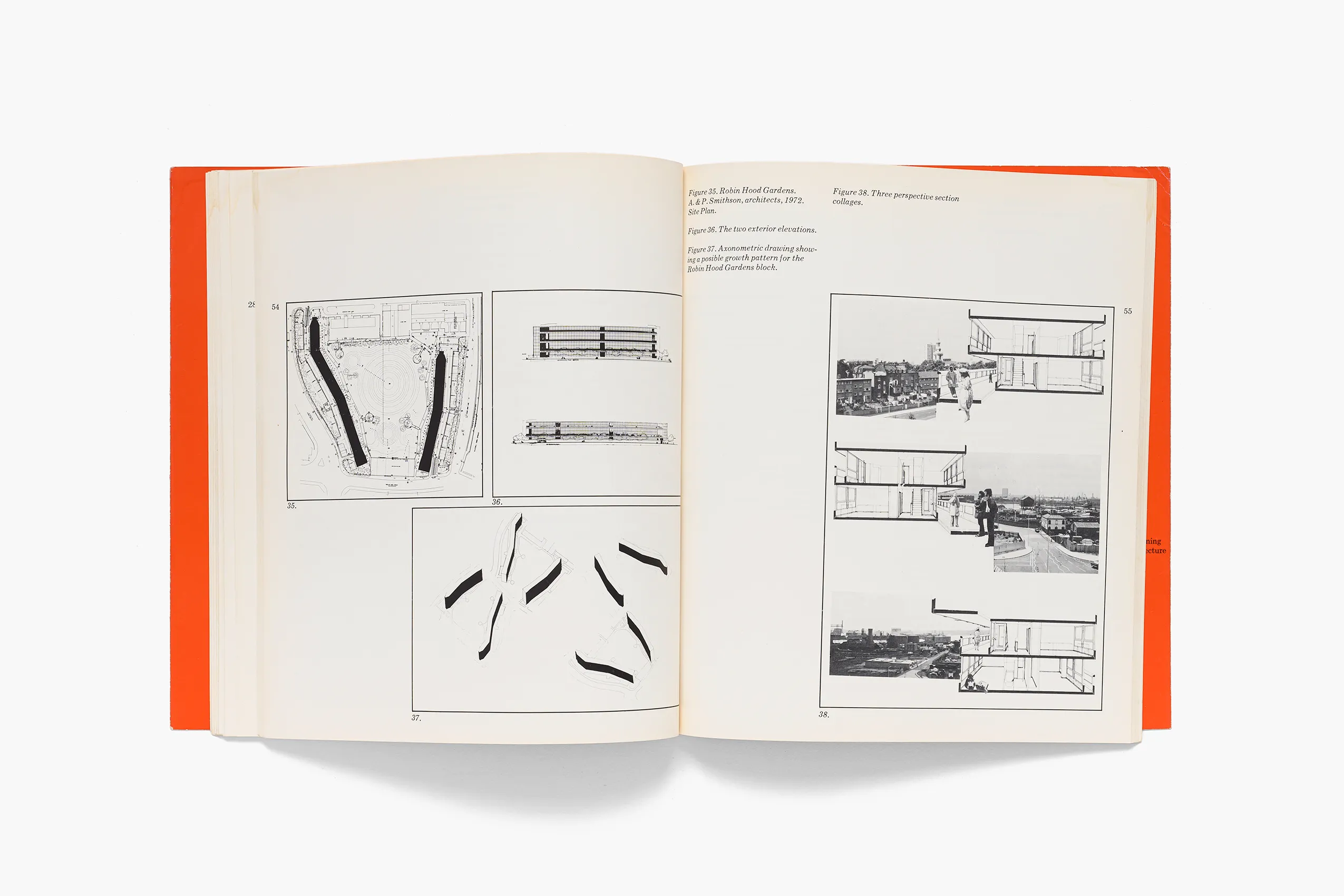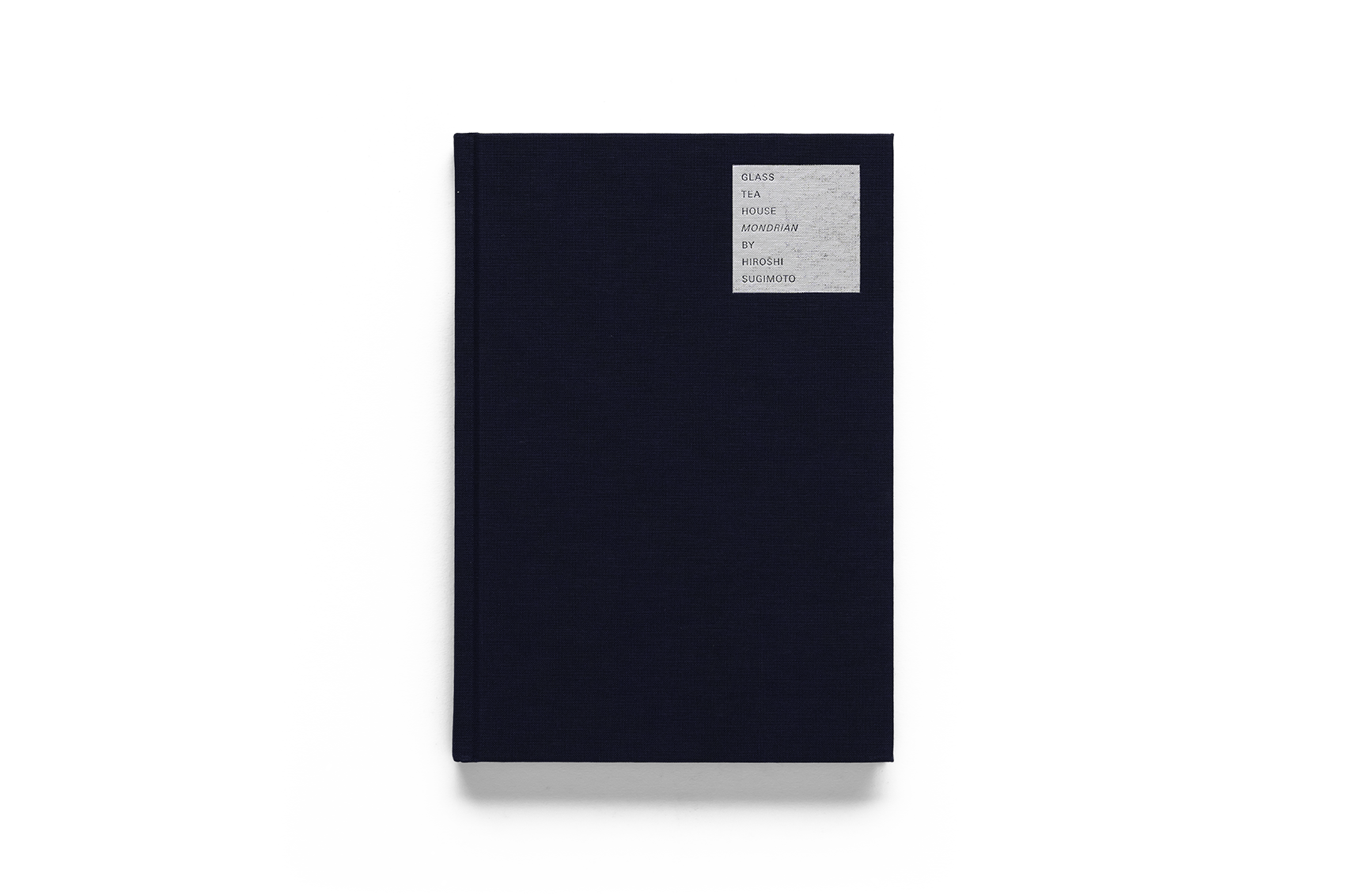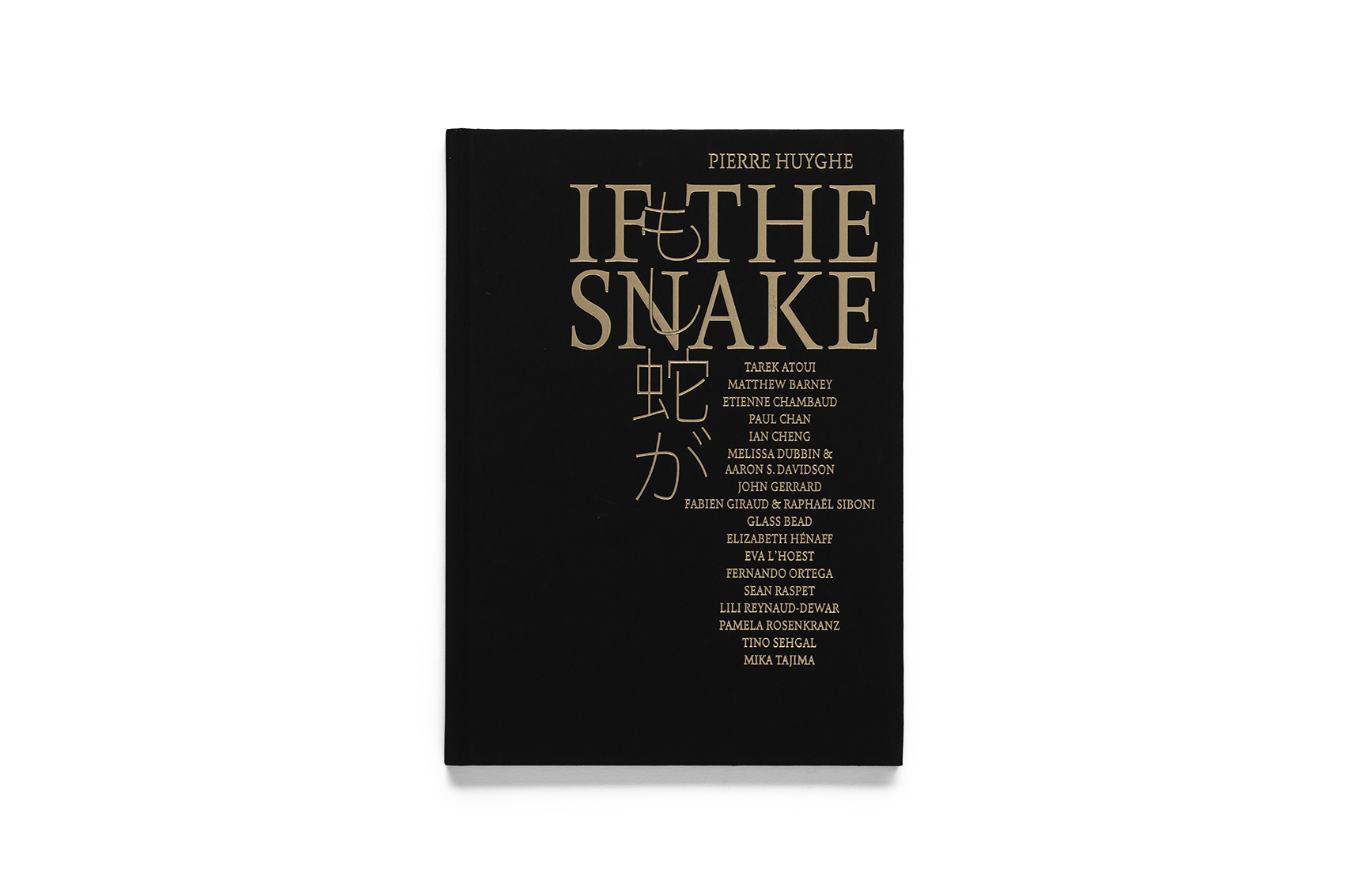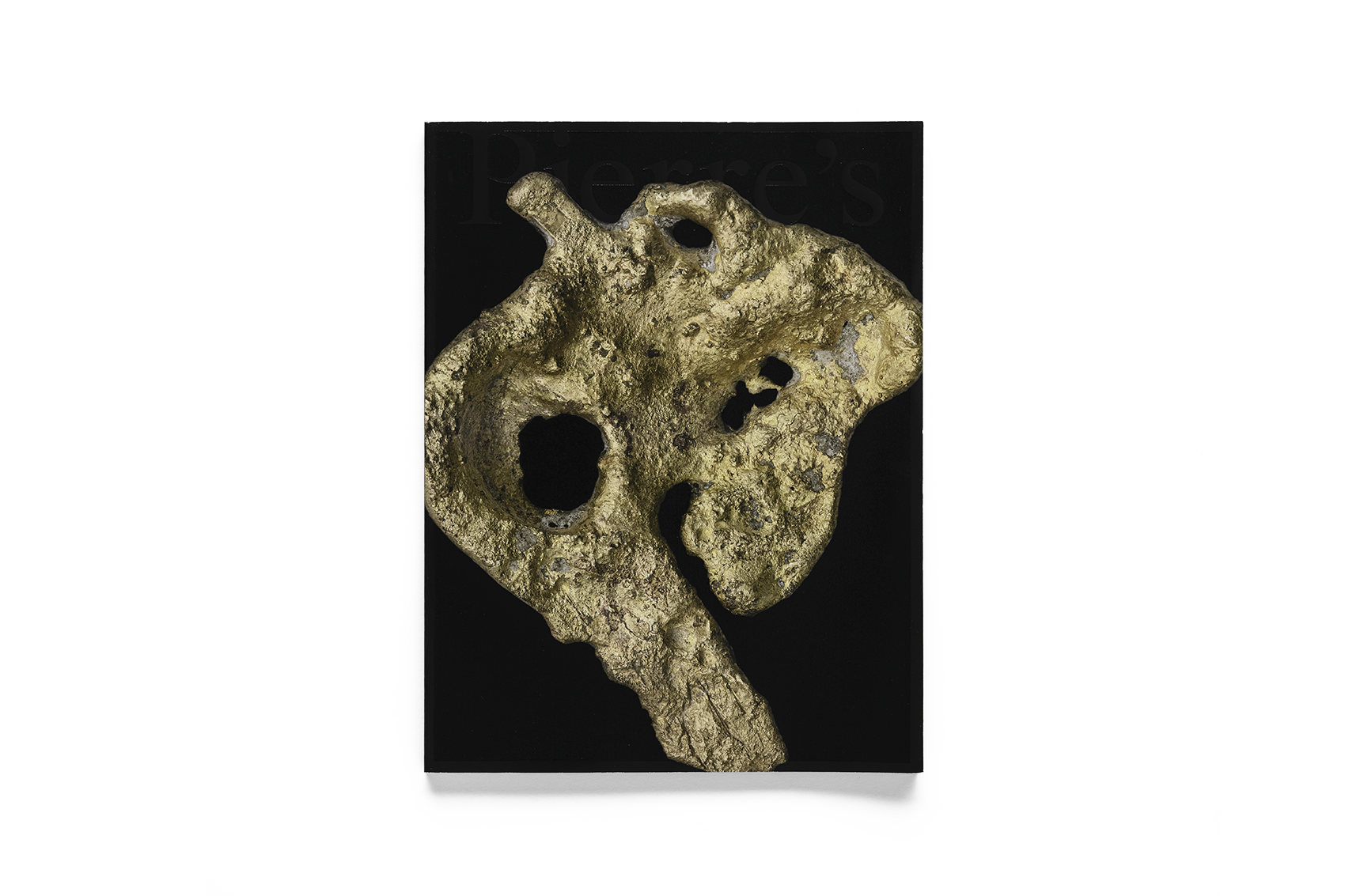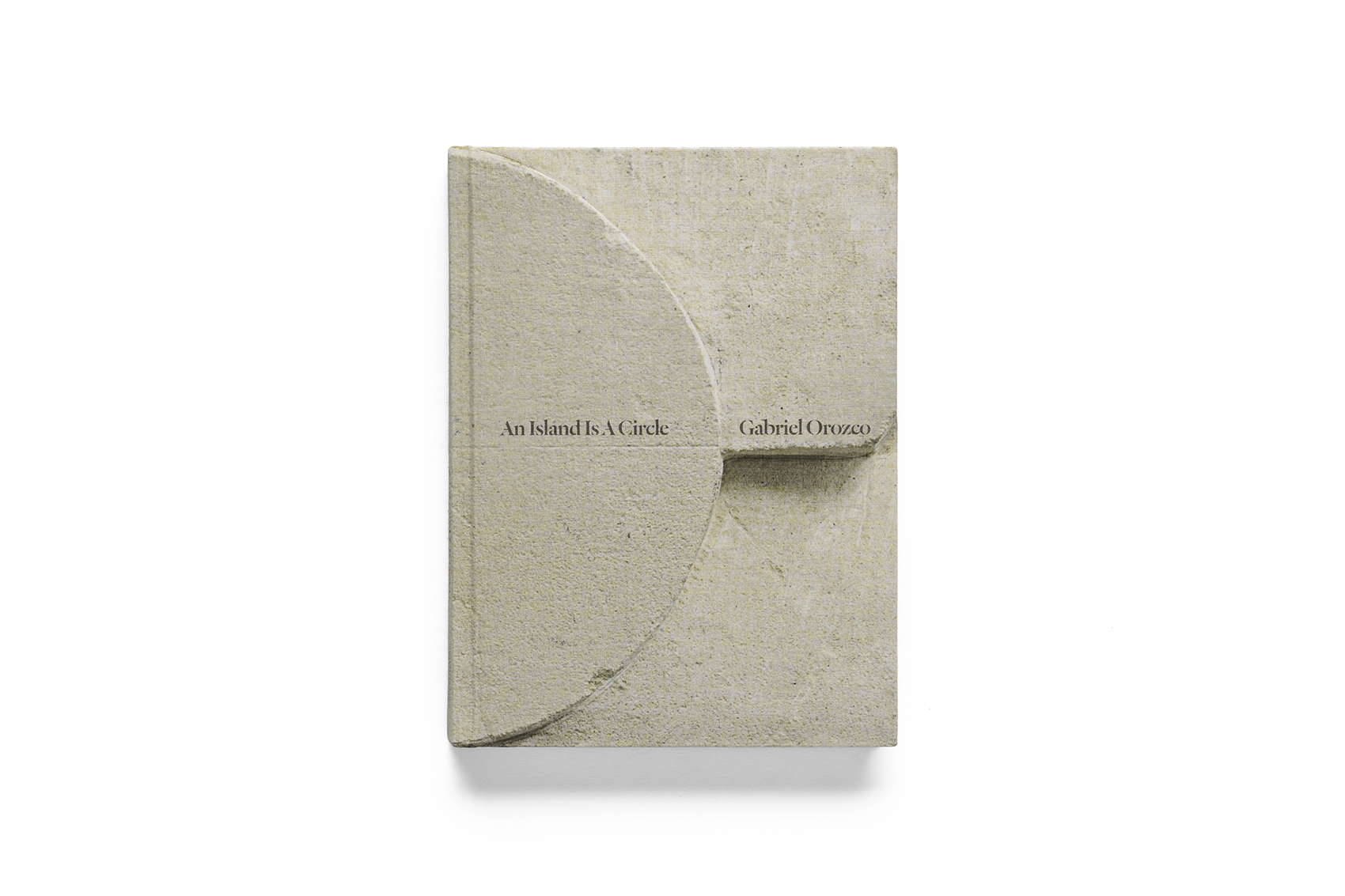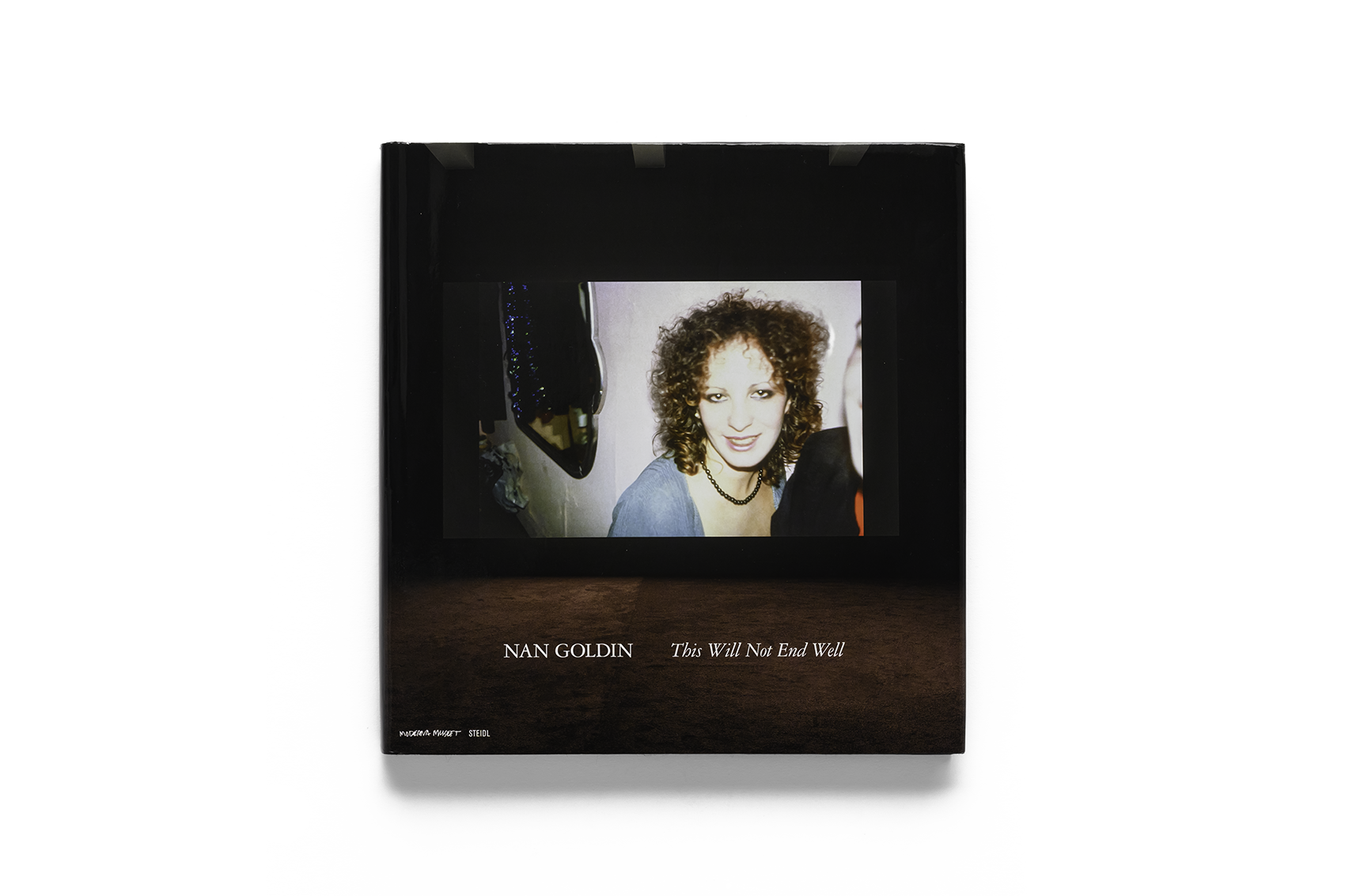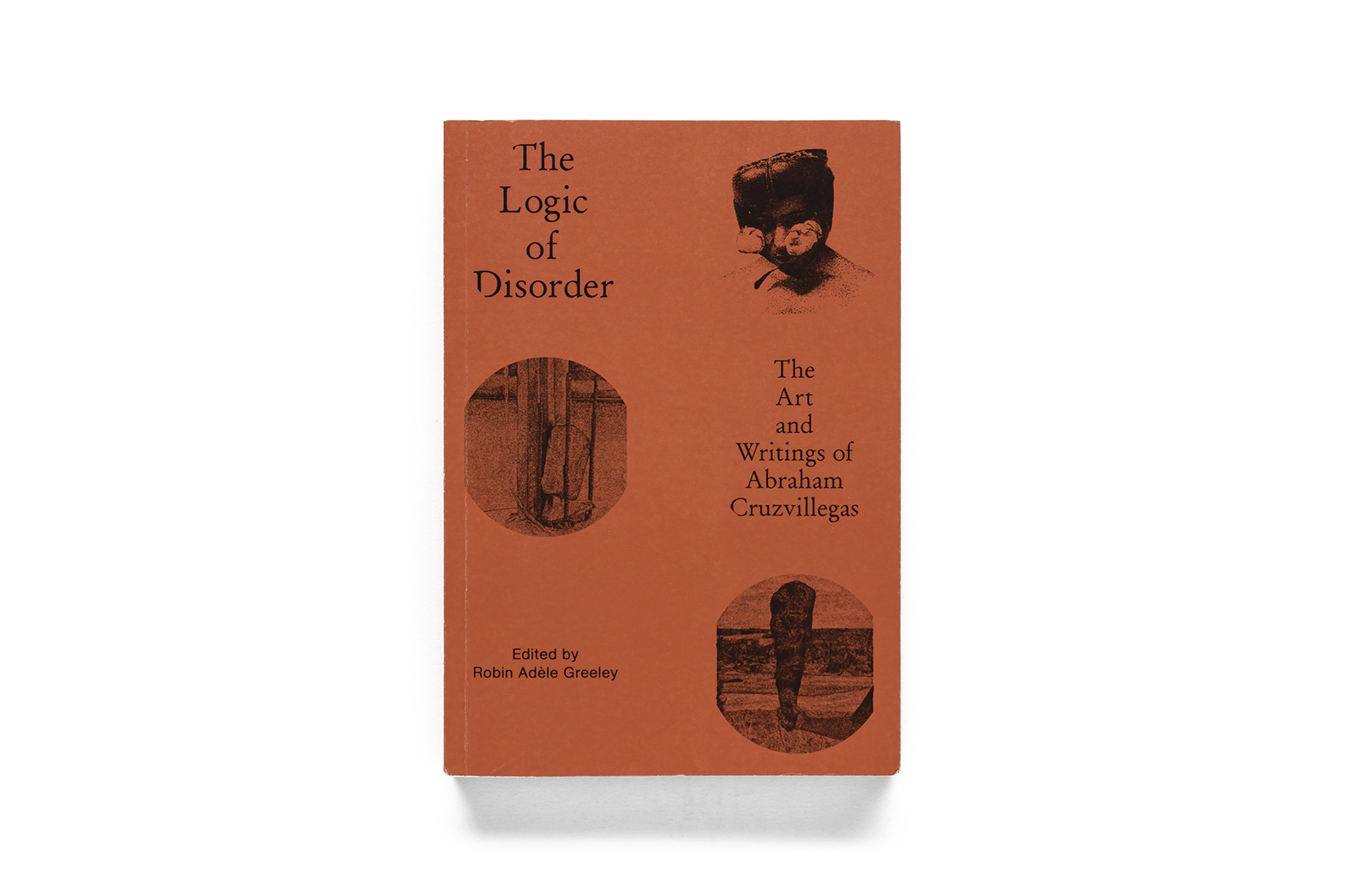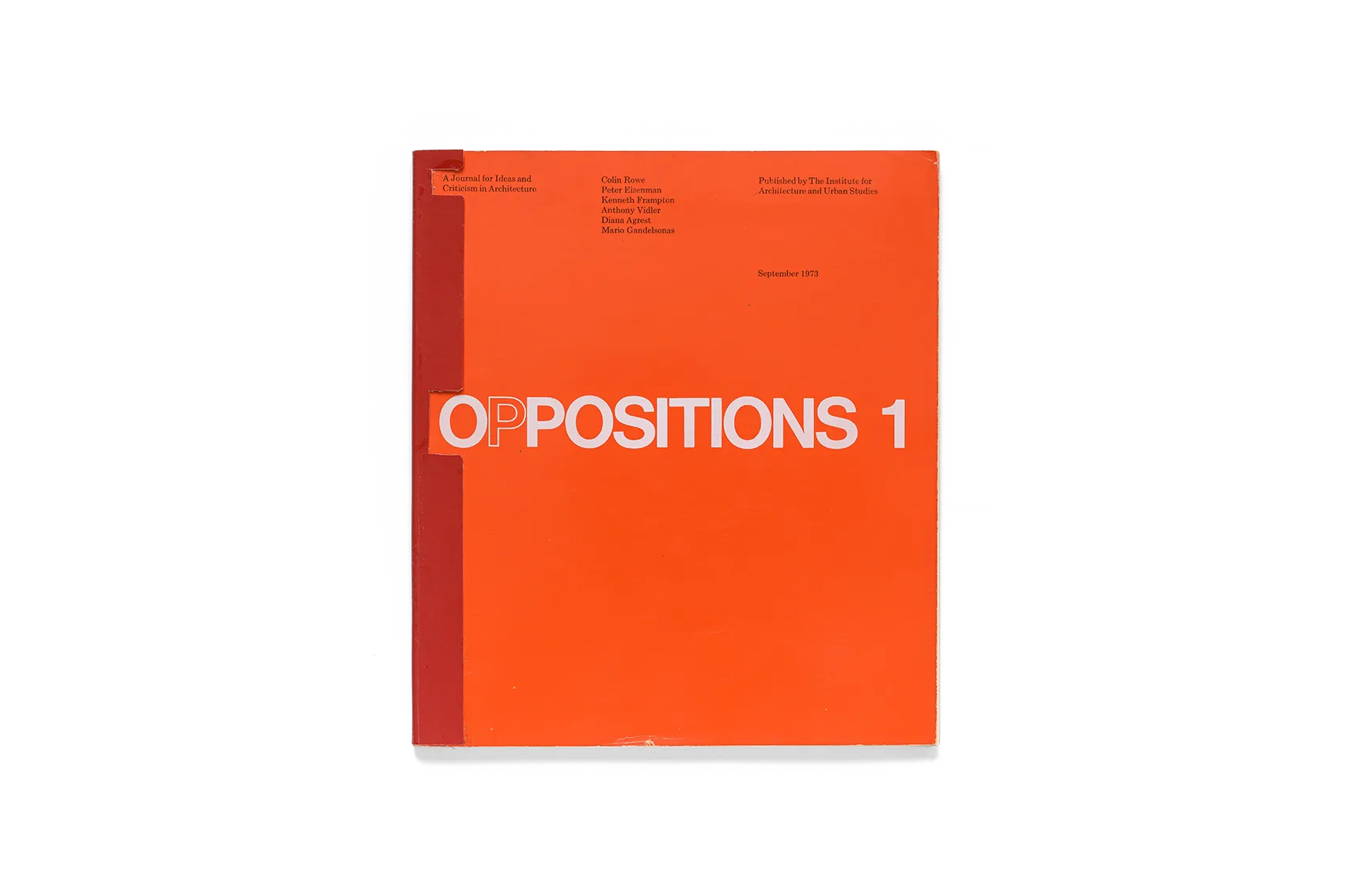
MIT Press, 1973
Oppositions 1
Oppositions 1

MIT Press, 1973
OPPOSITIONS is an architectural magazine rich in essays and spatial imagination. It not only chronicles a highly relevant and flourishing era of theory and design practice, but also tells a New York story of close communication and debate across the Atlantic that American and European architectural ideas are closely communicated and debated across the Atlantic.
Between 1973 and 1984, the Institute for Architecture and Urban Studies, based in New York City (IAUS), published a series of twenty-six volumes entitled OPPOSITIONS. The first issue of OPPOSITIONS was published in September 1973 and brought together Colin Rowe, professor of architecture at Cornell University (1920-1999), architect Peter Eisenman, 1932-, Columbia University professor Kenneth Frampton, 1930-, architectural history and evaluation Anthony Vidler (1941) Five articles written by Diana Agrest, 1945- and Mario Gandelsonas, 1938-, and Mario Gandelsonas, 1938-, the first female architecture lecturer since the founding of Princeton University's School of Architecture, Architectural history, utopia, and symbolism, and more, with the inclusion of Italian architectural scholar Manfredo Tafuri, 1935-1994) Several European architects actively engaged in direct or indirect dialogue.
The name “OPPOSITIONS” has many meanings, and in the original idea, the letter “P” with only a border in the cover title allows it to be interpreted simultaneously as “positions”, “oppositions” and even “0 positions” — an allusion to Roland Barthes (1915-1980) view — creation New intent, starting from scratch; if from this angle, or translatable as Longitudinal. Struggle attempts to draw a distance between history, philosophical theory and architectural criticism without limiting a single editorial path. Through critical examination of the positions of architectural works, publications, and architectural theory, the Confrontation establishes a dialogue between editors, authors, and readers, creating an ongoing discussion of the architectural environment with A new stage in the artificial world.
Italian designer Massimo Vignelli (1931-2014) was entrusted with designing the covers, typography, and fonts for the publication (Due to his friendship with Eisenmann, Vignelli's design work was often free of charge.) Its iconic “Vignelli red” cover is even more eye-catching in bookstores. As the Resistance became more widely known in the 1970s, IAUS also attracted more contributions from sponsors, designers and architecture enthusiasts, fusing the public forum and club impressions of New York architecture to become an important bridge between the American and European architectural circles. As a prized first edition of a classic architectural journal, the book has long been out of circulation and is considered one of the most legendary architecture books.
